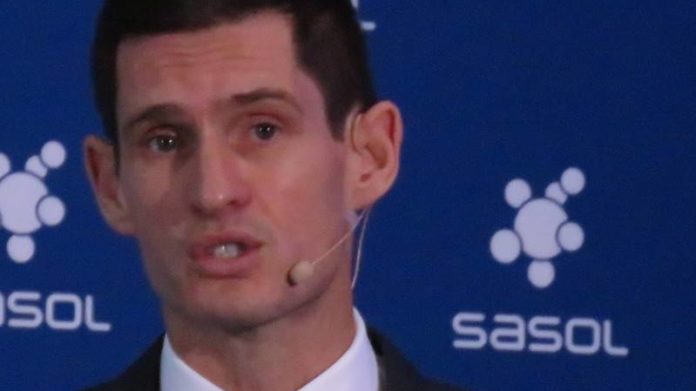
SASOL said it was confident if could get “close to fair value” for the US chemicals assets it has identified for sale despite acknowledging it was “a distressed seller”.
“We really need to make it clear: we cannot sell good assets at far below their fair value,” said Paul Victor, CFO of Sasol in a conference call with analysts and media.
Earlier today, Sasol unveiled a range of inter-dependent steps aimed at raising $6bn and taking gross debt down to $4bn over the next two years.
It would optimise and re-phase its capital commitments for $2bn and sell assets, including enter into joint ventures on a 50:50 basis, for a minimum of $2bn. Thereafter it may issue shares for up to a further $2bn, but less if it could afford to, said Fleetwood Grobler, CEO of Sasol.
The company hoped to update investors by May on its progress, especially on the asset sales which would be focused on its ethylene and polyethylene assets, but could also include its Lake Charles Chemicals Project (LCCP), the $13bn project that led credit ratings agency Moody’s Investor Service to downgrade Sasol’s credit profile.
Analysts, however, were sceptical of Sasol’s asset sale target of $2bn, asking whether it might have to settle for far less, and fall below its cash generation target (or potentially prepare investors for a larger-than-planned rights issue), especially as its current market capitalisation was below $2bn (it’s $1.44bn).
“Yes, we have a short-term crisis, but we can weather the storm. We don’t have to sell tomorrow,” said Victor. Grobler acknowledged it was “a challenging environment for M&A”, but declined to be too specific on potential deals. Discussions were underway, however.
Sasol has targeted a net debt to earnings before interest, tax, depreciation and amortisation (EBITDA) of 3.5x by the next lender covenant test end-June. This would be met regardless of asset sales, but Sasol’s 3x target by end-December would require some success in the deal market.
Victor said the company’s lenders would allow for additional downgrades by credit ratings agencies (one for Moody’s and two for S&P which rates Sasol higher), but he acknowledged lenders wanted to see progress on asset sales before finally agreeing to a rights issue. They also wanted to see further progress on LCCP which Grobler said was cash generative from February, and would make money this month, the current market notwithstanding.
He conceded that the rapidly moving implications of COVID-19 was also a factor in the minds of lenders in supporting the rights issue. “A potential equity raise is really, really the last resort for us,” he said.
“The quickest we need to make a decision on the potential equity raise is July when we have to call an annual general meeting,” said Grobler. “That still gives us enough time on asset sales and we have enough liquidity until then,” he said.











